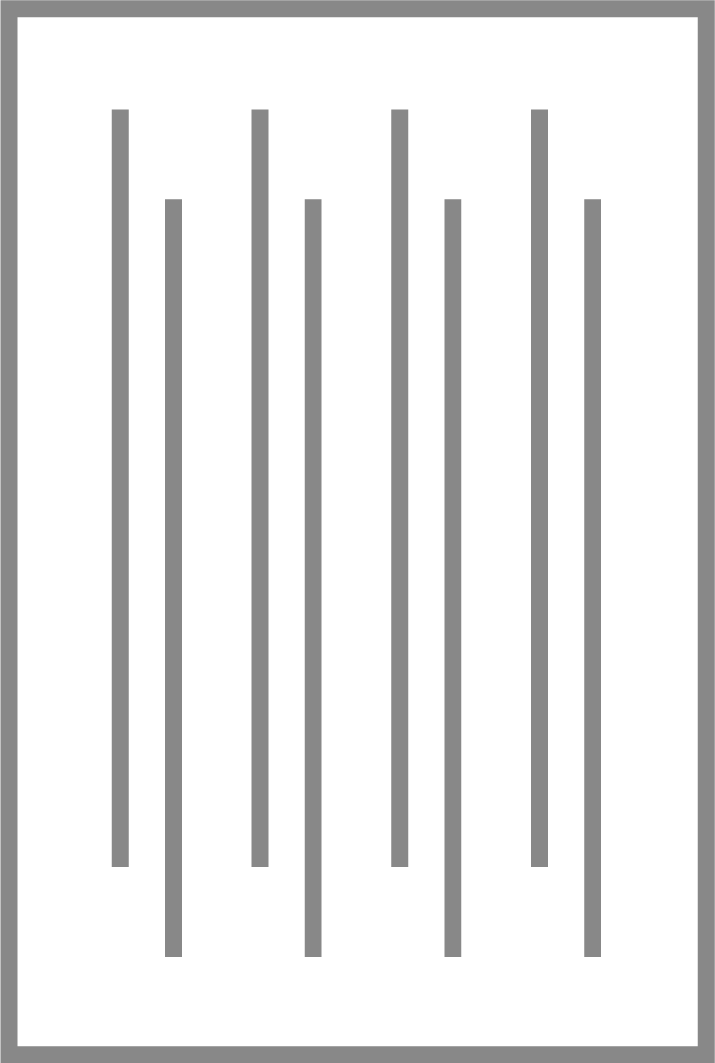Gold
Fujimura began to use gold, in the leaf form as well as in the powder form, very early on in my studies of Nihonga (literally “Japan-painting”). He was taught as a student that he must use the best materials in order to truly get to know the ancient craft. So, despite the cost involved, his MFA thesis painting (see River Grace) used the best gold and minerals that he could purchase. He wrote in River Grace about the experience of encountering the extravagance of beauty leading to a profound wrestling of faith and art. The three major pieces that he has done in the last ten years in New York reveal the consistency (or stubbornness) of his insistence on continuing to use these materials, but with diverse results.
Golden Fire develops this theme further. Taking cues from Dante’s Divine Comedy, this piece focuses on the theme of fire, particularly significant in our post 9/11 reality. Fujimura wanted to depict gold rising in the fire of destruction, and, at the same time, letting the surface also speak of the purifying power of fire.
Fujimura’s latest painting, Charis, further emphasizes the Golden Fire language. In homage to de Kooning, gold moves in a dispersed, gestured movement. While critic Clement Greenberg did not approve of de Kooning’s paintings as pure abstraction since de Kooning did not deny the “essential flatness of a painted space,” Fujimura, on the other hand, was more interested in the de Kooning that failed to fulfill Greenbergian definition of abstraction. His interest in abstraction is in the essentiating the reality, which, he believes, de Kooning was interested in as well. In that search, Fujimura became interested in creating space that is both flat and spatial at the same time. Gold is that paradox: it creates space (by being semi-transparent) and remains flat (by being mirror-like) at the same time. Perhaps the only way that an “essential flatness” can be full of created space is by using gold.





